Buenos Aires: Off the Beaten Path
Your not-so-typical OCA Guide to Buenos Aires.
If you are that kind of person who is like three months into Buenos Aires and has exhausted all the options listed in conventional tourist guides written for the fresh-off-the-boat gringo, this guide will help you wander away from the beaten tracks and discover the off-the-radar, tourist-free, ungentrified gems in and around the city.
Where to Visit: Tierra Santa
WHAT: A religious theme park with the unbeatable slogan “visit Jerusalem in Buenos Aires all year long” (Visite Jerusalen en Buenos Aires todo el año). Features theaters where important stories from the Bible are reenacted with mechanical installations and excessive amounts of theatrical smoke and fog. However, the absolute highlight of the park is its open-air show of Jesus resurrection, featuring a 18 meter-tall statue of Jesus rising from a small ridge as he looks around and nods slightly towards the audience below him. Just missed one show? No problem; Jesus is resurrected at least a dozen times at the park every day. If you are lucky enough you might be able to snap a photo when a plane from the nearby Aeroparque Jorge Newbery flies over Jesus’s head as he resurrects once again with dramatic music in the background. In addition, there are also replicas of a mosque and the Wailing Wall, completing the Jerusalem simulacra you can visit all year.
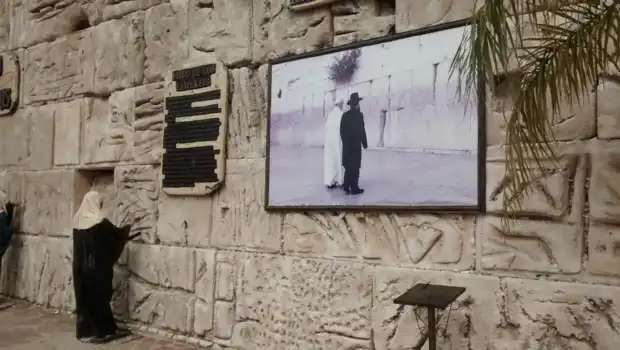
WHERE: Av. Costanera Rafael Obligado 5790, C1425DAA CABA, ArgentinaWHEN: Fridays to Sundays, and Argentine national holidaysCOMO LLEGO: From the Academic Center, walk to CANTILO y LAS HERAS GENERAL AV and take Colectivo 37 and get off at OBLIGADO RAFAEL, AV. COSTANERA .MÁS INFORMACIÓN:http://www.tierrasanta.com.ar/TS/index.php
Parque de la Ciudad
WHAT: A semi-abandoned theme park that is described as “surreal” by the NYU Buenos Aires official orientation guide, but those who are expecting a Fallout-esque post-apocalyptic experience might be disappointed. The park was built by the city government during the last military dictatorship in an effort to gentrify Villa Soldati, one of the poorest barrios of Buenos Aires, but the park failed to attract enough people to generate any revenue despite its state-of-the-art entertainment facilities imported from Europe, and soon fell into disuse. After much negotiation with the original stakeholders of the park, the city government reopened the park in 2010, and the park has seen a rebound of visitors since then. However, the entertainment facilities in the park were neither repaired or dismantled, and thus they are simply left there to rot. With some effort, it is possible to take some post-apocalyptic, surrealist photos of the crumbling carousels and roller coasters, if you manage to avoid the sunbathing crowd and the running children, who in a lot of ways have stripped away the presumed surrealness of the park.
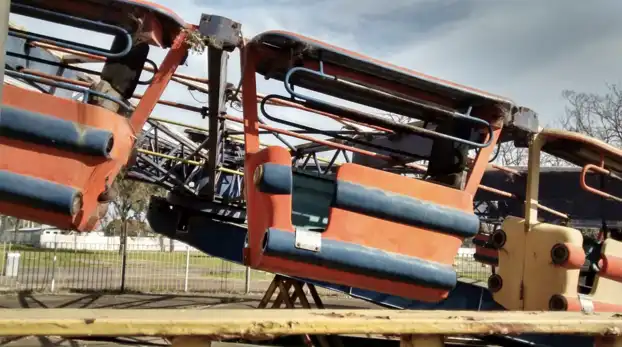
WHERE: Villa Soldati. Av. Escalada 4502, 1439 Buenos Aires, ArgentinaWHEN: Saturdays and SundaysCOMO LLEGO: From the Academic Center, take the Subte H train at Santa Fe station, exchange the E train at Jujuy / Humberto I, exchange the Premetro at Plaza de los Virreyes / Intendente Saguier, and get off at the Parque de la Ciudad stationNOTE: Be careful not to wander out of the limits of the park as the neighborhood is considered relatively unsafe. MÁS INFORMACIÓN: https://es-la.facebook.com/parque.ciudad
Avenida Avellaneda Market and the New Koreatown
WHAT: Forget about the outlets in Palermo and Villa Crespo, Avenida Avellaneda is the ultimate source of cheap clothing and fashion items in the city, made up of wholesale clothing stores stretching over 7 blocks in the western barrio of Flores. If you are done with clothing shopping, north to the Avenida lies the newer Koreatown of Buenos Aires, with Korean supermarkets and restaurants scattered along the small street of Morón, between Bahia Blanca and Campana. WHERE: Avenida Avellaneda 1800 to 2500, FloresWHEN: Mon-Sat, roughly 7 am to 5 pmCOMO LLEGO: From the Academic Center, take the Subte H train to Once Railway Station, then either exchange to the A train to San Pedrito station or take the Linea Sarmiento commuter train at the Once Railway Station to Flores station. Once you arrive, walk several blocks north to reach Avenida Avellaneda. MÁS INFORMACIÓN:http://www.av-avellaneda.com.ar/
Once Railway Station Market
WHAT: The market near Once Railway station features all kinds of merchandises ranging from cheap knockoff clothing to local made Android tablets. Prices might not be comparable to Avenida Avellaneda, but the market is much closer to the Academic Center. Be extra careful with your belongings as the crowds there can be overwhelming. WHERE: Once Railway StationWHEN: Every day. COMO LLEGO: From the Academic Center, take the Subte H train to Once Railway Station. Alternatively, take Colectivo 68, 64, 118, or 41 to Once Railway Station.
Old Koreatown
WHAT: In the 1980s Argentina saw an influx of Korean immigration. Most immigrants stayed in Buenos Aires and resided in an area in Bajo Flores now informally known as the Buenos Aires Koreatown. To commemorate the Korean immigrants the city government even renamed part of the main road that goes through the Koreatown to Avenida Corea. Unfortunately, to the southern tip of Avenida Corea lies one of the largest villa miseria (slums) in Buenos Aires, so in recent years, a new Koreatown has emerged in northern Flores. However, today there still lives a sizable Korean community, served by several Korean restaurants, supermarkets, and a KTV. COMO LLEGO: From the Academic Center, take the Subte H train at Santa Fe station, exchange the E train at Jujuy / Humberto I, get off at Medalla Milagrosa station and walk south along Carabobo Av. NOTE: Don’t wander further south once you reach Castañares and Carabobo - you don’t want to end your kimchi trip in villas (slums).
ESMA, and the Museum of Isla Malvinas and Atlantic Sur
WHAT: Thousands of students, activists, and opposition politicians were interned, tortured, and killed at the former site of the Navy Petty-Officers School of Mechanics, or ESMA, during the last military regime that lasted from 1976 to 1983. Today, the space has been converted into a memorial dedicated to the victims of the military dictatorship. The original building where the actual atrocities were committed were left unchanged to preserve history, while other buildings in the complex have been converted into various kinds of venues and museums for commemorative purposes. The Malvinas and the Islands of the South Atlantic Museum is located in the ESMA complex, providing the Argentine discourse on the disputed Malvinas / Falklands islands. Note that most exhibitions in ESMA are only available in Spanish, but English brochures are usually provided.
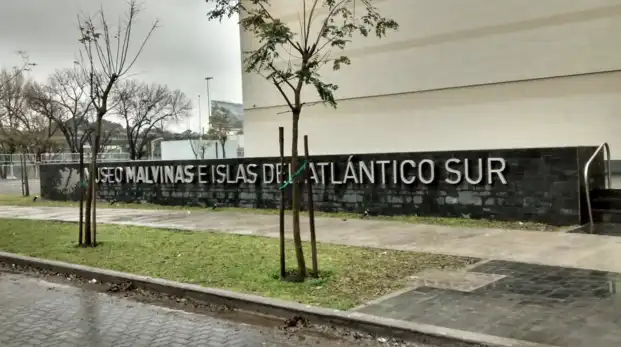
WHERE: Av. del Libertador 8151, Nuñez, Buenos Aires CityCOMO LLEGO: Take the Linea Mitre commuter train (Ramal Tigre) from Retiro and get off at Rivadavia station. MÁS INFORMACIÓN: http://www.espaciomemoria.ar/
Tecnopolis
WHAT: Rediscover your inner geek at Tecnopolis; a huge theme park about science and technology, sometimes coupled with various fairs and live music. Prepare to be greeted with huge dinosaurs when you enter the park, and feel sorry for all the physics class you have missed in high school as you ponder over all those models and demos you thought you had understood. Entrance is free. WHERE: Gral Paz Ave Ave de los Constituyentes, 1603 Villa Martelli, Buenos AiresWHEN: Wed to Sun and holidays, 12-8 hrsCOMO LLEGO: Take Colectivo 111 from the Academic Center until you reach DE LOS CONSTITUYENTES AV. y PAZ, GRAL. AV..MÁS INFORMACIÓN: tecnopolis.ar
Hipodromo de Palermo
WHAT: Indulge yourself in the decadent capitalist entertainment of horseracing and betting at the racetrack of Palermo. The horses are muscular, the riders are skillful, and the audience are pretty professional-looking with their small booklets recording the history of all recent races. Watching the races and the gamblers is an entertainment in itself. If you want to try your luck, just go to one of the small booths and place the “ganador” bet on your favorite horse. I won AR$3.00 by placing my bet on the horse with the lowest odds (that means the horse has the highest chance to win). Even if you gamble without consulting any kind of guide or looking up the odds, betting on horses is still a more rational investment than gambling with the slot machines in the nearby casino connected to hipodromo. WHERE: Av. del Libertador 4101, 1669 CABA, ArgentinaCOMO LLEGO: Take colectivo 64 marked with Hipodromo from the Academic Center. NOTE: Races are conducted on specific days. Consult the website below for detailed schedule. MÁS INFORMACIÓN: http://www.palermo.com.ar/es
Palacio de Aguas Corrientes
WHAT: The beautiful building near Callao that most people always pass by when riding colectivos but never have a time to take a look inside is a historic water pump that doubles as the office of AySA, the company responsible for providing water to the city. A small section of the building hosts the Museo del Agua y de la Historia Sanitaria, more commonly known as the Toilet Museum of Buenos Aires, in which you can appreciate the beauty of all kinds of toilets that were used in households of Buenos Aires.
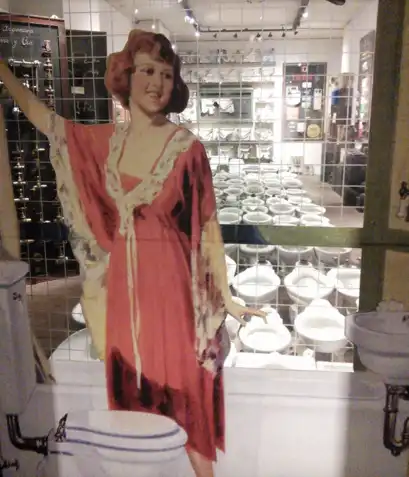
WHERE: Riobamba 750WHEN: Mon-Fri, 9 am to 1 pm.COMO LLEGO: From the Academic Center, walk east along Charcas until you reach Riobamba, then walk south. MÁS INFORMACIÓN: http://www.aysa.com.ar/index.php?id_seccion=489
Where to visit in the Buenos Aires province: Barrio Chino …. in Tigre
WHAT: As a 3-month gringo you must have visited, or at least heard of, the city of Tigre lying in the northwest of Buenos Aires featuring rivers, marshes, Puerto de Frutos, and Sergio Massa. But do you know there a new Chinatown in Tigre? Named appropriately 虎市中国城, the Barrio Chino in Tigre is however not a barrio but rather a huge Asian-themed shopping mall, featuring 13 dining venues of food mainly from Mainland China and Taiwan. Asian festivals and cultural activities will also be celebrated there. The Barrio Chino is located right next to Parque de la Costa, the iconic theme park in Tigre. WHERE: Bartolomé Mitre and Vivanco, Tigre, Buenos AiresWHEN: Fri-Sun and holidays from 10 am.COMO LLEGO: Take the Linea Mitre train from Retiro. Alternatively, take Colectivo 60 all the way up to Tigre. MÁS INFORMACIÓN: http://www.clarin.com/ciudades/muchas-visitas-nuevo-barrio-chino-Tigre_0_1477052319.html
Ruins of Villa Epecuen
WHAT: Once a prosperous tourist town built along the coast of Lago Epecuen, a saltwater lake 600km away from Buenos Aires, Villa Epecuen was completely submerged in water in 1985 as a result of a seiche that broke a nearby dam. In recent years the water receded and the city partially resurfaced, thus becoming Argentina’s most well-known ghost town. Local government is trying to revive tourism in the dead lakeside resort town, but for now the ruins still remain largely overlooked by most tourists as it is located too far from Buenos Aires city. In addition, it is still possible to swim in the salty waters of Lago Epecuen at a small beach area close to the ghost town, and there are hotels offering swimming pools with the water imported from the Lago Epecuen in the nearby city of Carhue, which now acts as the gateway to Villa Epecuen.
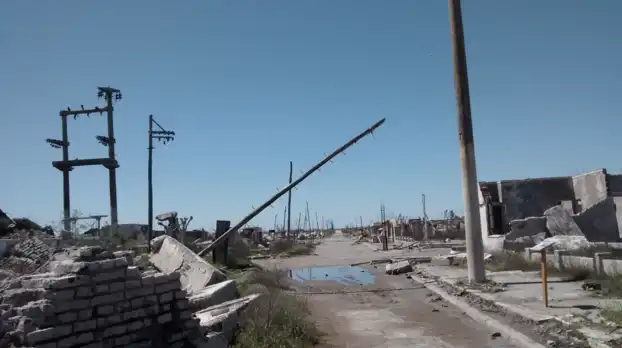
WHERE: Carhue, Buenos Aires ProvinceCOMO LLEGO: Take the long distance overnight bus to Carhue, Buenos Aires province at Retiro bus terminal. MÁS INFORMACIÓN: http://www.termasdecarhue.gov.ar/2012/index.php
What to Do in Buenos Aires: Eat at Peruvian Restaurants in Once-Abasto
WHAT: Buenos Aires boasts a large Peruvian population mostly concentrated in Once and Abasto, where you can find a large number of Peruvian restaurants. Most of these restaurants offer menu of the day (“menu del dia”) options that include a soup, a main dish, and a drink, for around 50-60 pesos (as of November 2015). For a full meal, the price is basically unbeatable compared with other restaurants. In addition, Peruvian cuisine is heavily influenced by Asian culinary customs, and therefore you may find a lot of dishes that are very similar to Chinese food.
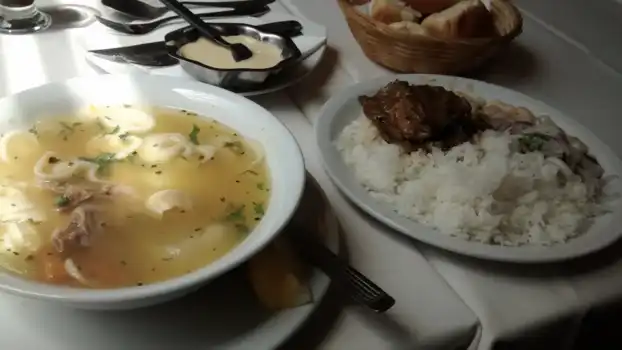
WHERE: Some of the tried-and-true Peruvian joints that offer menu del dia options: Mi Peru, Dr. Tomás Manuel de Anchorena 569Lung Fung, Humahuaca 3302Restaurante Carlitos, Av. Corrientes 3070La Rica Vicky, Ecuador 467La Conga, La Rioja 39Restaurante Brasita Chicken, Agüero 810
Take a long distance train:
WHAT: Long distance trains are a largely underappreciated way to travel comfortably in Argentina on the cheap. Departing from Buenos Aires, passengers can reach popular tourist destinations such as Mar del Plata, Pinamar, Tandil, Sierra de la Ventana, Bahía Blanca, Rosario, Córdoba, and Tucuman. Be sure to book the trains in advance as their availability is quite limited. WHERE: Retiro station for trains going west and north, Constitucion station for trains going southCOMO LLEGO: Colectivo 152 takes you to Retiro while colectivo 39 and 12 takes you to ConstitucionMÁS INFORMACIÓN: sateliteferroviario.com.ar/horarios/mapa_argentina.htm
Get a free, documented yellow fever shot:
WHAT: Yellow fever shots are recommended - sometimes required - for visiting tropical areas in South America such as Bolivia, Peru, and Amazon rainforests in Brazil. While usually yellow fever shots are going to cost a fortune in other parts in the world, the Argentine government offers free yellow fever shots, along with proper accredited documentation that you can use as a proof of having taken the shot, to anyone who is able to provide a valid passport at the vaccination center in San Telmo. The shot is valid for 10 years. Note that after taking the shot you may experience side effects including fever and muscle pains. Get it at least 2 weeks before departure to ensure you won’t be hit by side effects when you are traveling. WHERE: Av. Ing Huergo 690WHEN: Monday to Friday, 10 am to 3 pmCOMO LLEGO: Colectivo 152 from the Academic Center, to Calle Chile This article was written by Richard Lewei Huang. Please send an email to managing@oncenturyavenue.com to get in touch. Photo Credit: Richard Lewei Huang and Alex Reyes on Flickr.